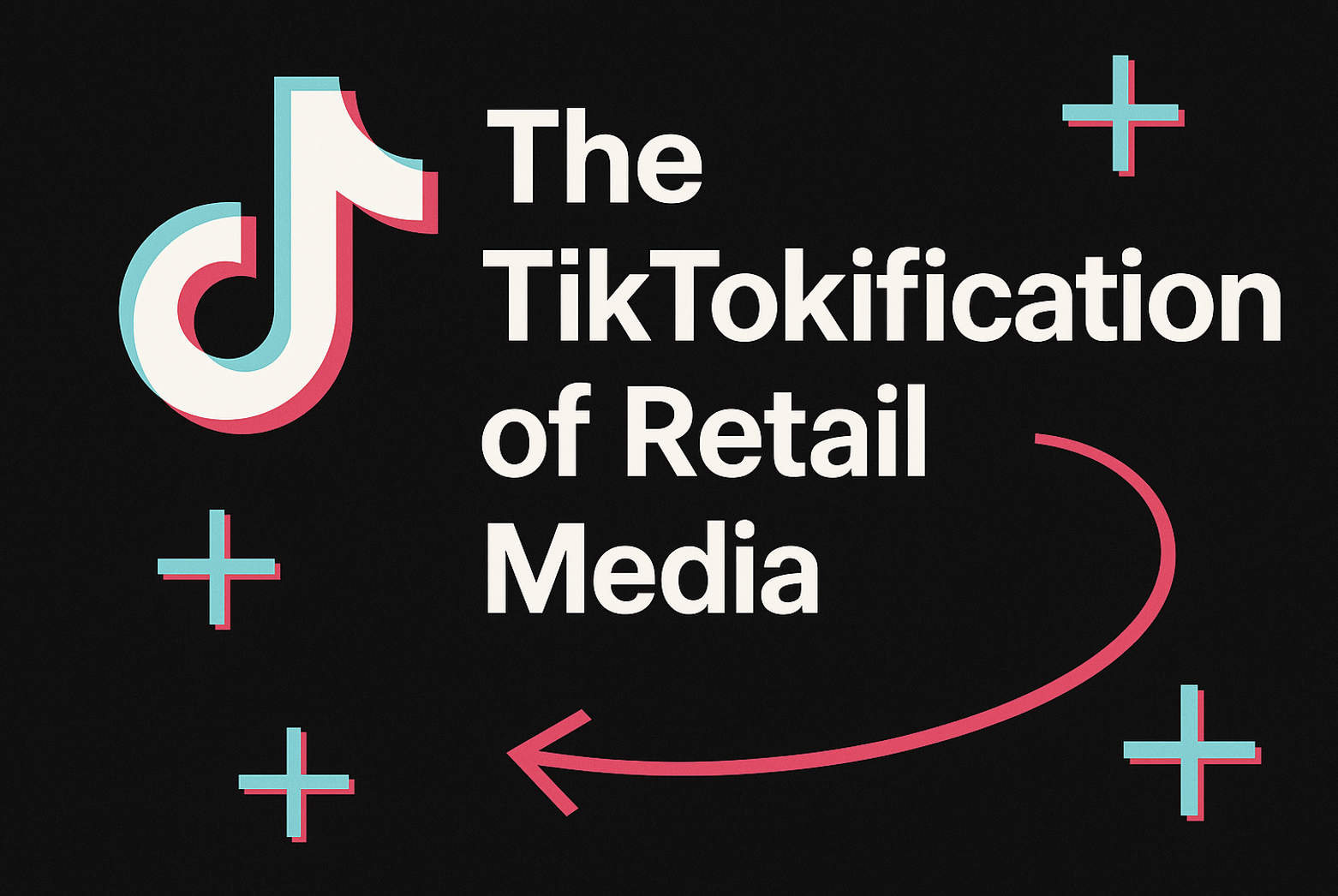Online sales fell once more in February, while total retail sales grew by less than inflation as shopper spending slowed compared to a year earlier, new figures suggest. The proportion of sales taking place online was also down on the previous year.
Total retail sales grew by 5.2% in the four weeks to February 25 2023, according to the BRC-KPMG Retail Sales Monitor for February. A year earlier, sales had grown by 6.7%. This February’s growth figure is below the longer-term trend over three months (+5.5%) but it’s ahead of the 12 month (+2.4%) trend. On a like-for-like basis, which strips out the effect of store – and business – openings and closures, sales were 4.9% ahead in February. A year earlier they were 2.7% ahead of the previous year. But while retail sales rose, they were inflation. The latest figures for inflation show prices rising by 10.1% in January, as measured by the Consumer Prices Index.
Helen Dickinson, chief executive of the British Retail Consortium (BRC), says: “Retail sales held up better than expected this February, though volumes remained down on last year. While the cost-of-living crisis has made customers increasingly price sensitive, they are still ready to celebrate special occasions. This helped deliver strong sales of fragrance and jewellery for Valentine’s Day. Energy-saving appliances also continued to sell well, but the rush for warm coats and boots subsided as the January sales splurge satisfied customer appetite.
“The economic backdrop means retailers face volatile trading conditions. Many consumers will be concerned as they prepare for further energy price and tax rises in April.”
Food sales grew by 8.3% in total (+8.2% LFL) in the three months to February, while non-food sales were 3.2% (+2.7% LFL) ahead over the same period.
How shoppers bought online
Online spending on non-food products fell by 3.1% in February, compounding the 28.4% decline of the previous year. That represents an improvement on the average over both three months (-3.2%) and 12 months (-7.7%). Some 38.5% of non-food retail sales took place online in February – down from 40.3% in February 2022.
In-store non-food sales, meanwhile, grew by 8.1% in total, and by 7.3% LFL. That’s below the 12-month average growth of 10.8%.
Paul Martin, UK head of retail at KPMG, says: “With overall inflation running at around 10%, and food inflation sitting nearer 20%, total sales growth for February of just 5% will be eating hard into retail margins and masking the true state of the sector’s health.”
He adds: “As much of the growth in retail is being driven by inflation, price and promotional strategies have become increasingly important growth engines for retailers. Online retailers will also have to review their business models, and there are likely to be some failures in this space, particularly among the businesses that are currently over-valued following the surge in demand during the pandemic which has now decelerated.”
He says that shoppers are holing back on non-essential spending with sales of clothing, footwear and accessories all declining in February after driving spending for many months.
“Furniture and homeware have been driving sales growth on the high street and online but we are starting to see more categories record negative sales year on year, as household budgets remain squeezed,” says Martin.
He concludes: “The outlook will continue to be challenging with falling consumer spending in real terms and as more people choose to shop by ‘occasion’, retailers will be pulling out the stops for a buoyant Easter and Mothers’ Day.”
Susan Barratt, CEO of grocery analyst IGD, says: “Food and drink sales, driven by historically high levels of inflation, grew in February and we’re seeing little sign of food inflation abating yet in 2023. Volume sales continued to decline and events like Valentine’s Day are failing to make a positive impact.
“Despite energy prices beginning to fall, the fact that food inflation remains stubbornly high means consumers’ trust and confidence is declining.”









